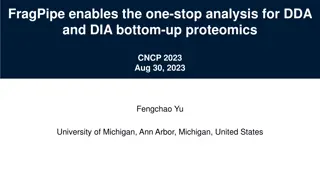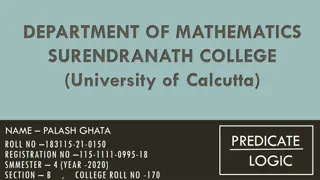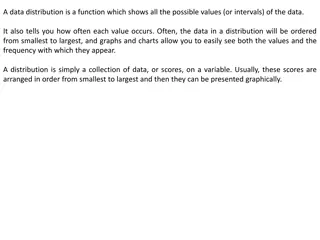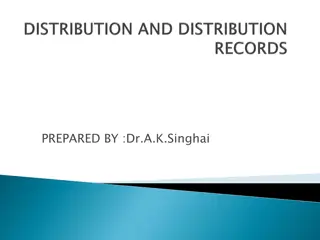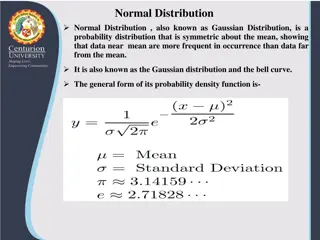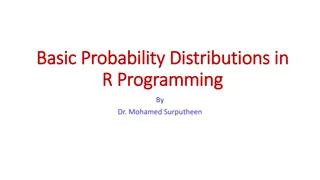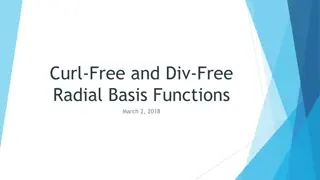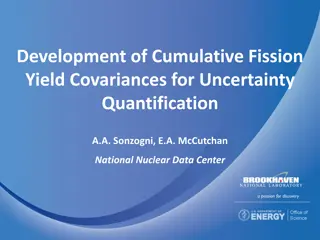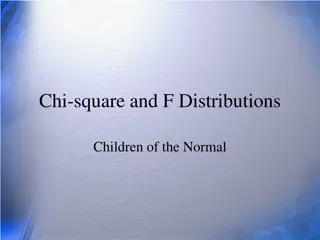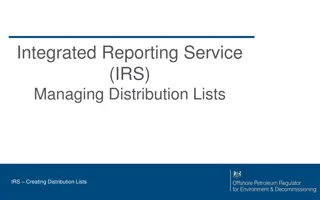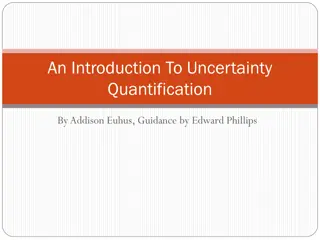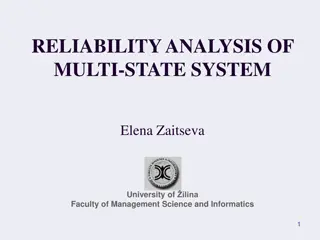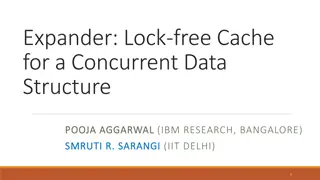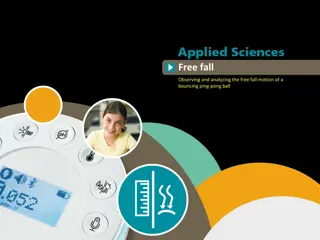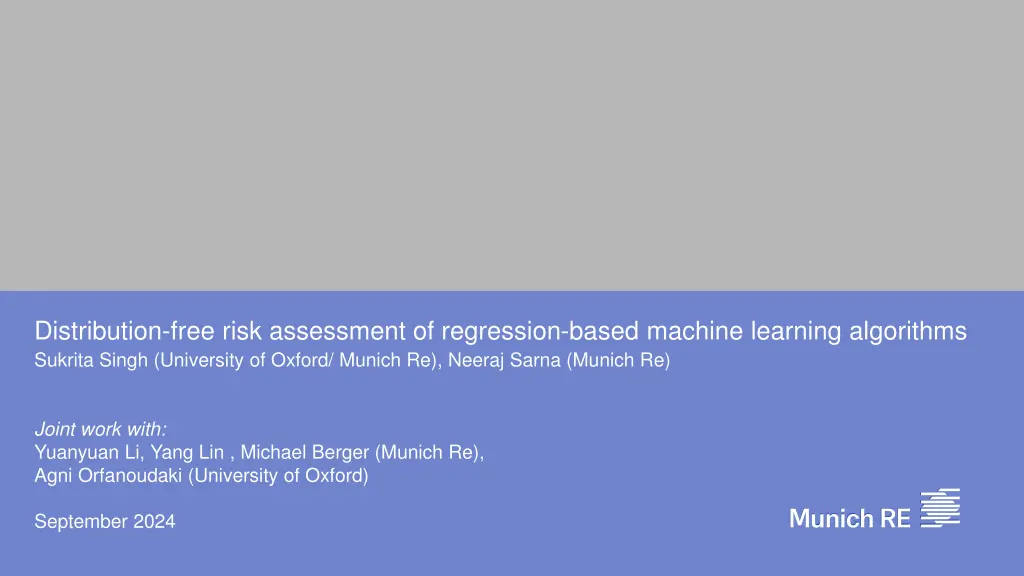
Risk Assessment of Regression-Based Machine Learning Algorithms
Explore the distribution-free risk assessment of regression-based machine learning algorithms, focusing on understanding under-performance and failure probability. Learn about pricing performance risk and the methodology for risk assessment in AI models.
Download Presentation

Please find below an Image/Link to download the presentation.
The content on the website is provided AS IS for your information and personal use only. It may not be sold, licensed, or shared on other websites without obtaining consent from the author. If you encounter any issues during the download, it is possible that the publisher has removed the file from their server.
You are allowed to download the files provided on this website for personal or commercial use, subject to the condition that they are used lawfully. All files are the property of their respective owners.
The content on the website is provided AS IS for your information and personal use only. It may not be sold, licensed, or shared on other websites without obtaining consent from the author.
E N D
Presentation Transcript
Distribution-free risk assessment of regression-based machine learning algorithms Sukrita Singh (University of Oxford/ Munich Re), Neeraj Sarna (Munich Re) Joint work with: Yuanyuan Li, Yang Lin , Michael Berger (Munich Re), Agni Orfanoudaki (University of Oxford) September 2024
Agenda 01 03 02 04 Results Next Steps Motivation Methodology 2
AI Risks Performance Risk Model AI Vendor End User IP Infringement Risk Performance guarantees Insurance Policy Munich Re Discrimination Risk 4
Regression case: Defining under-performance (x) + (x) (x) (x) - y y x x Under-performance = ????? is outside ? ????? ,? ?????+ Failure Probability = ?(????? is outside ????? , ?????+ ) 5
Pricing performance risk Expected Claims Cost = Claim Frequency X Claim Severity Independent of the extent of underperformance Claim Frequency = Number of instances of model under-performance = Number of times model is used X Probability of under-performance Function of model performance to be estimated Will notdepend on model s performance Failure Probability = ?(????? is outside ????? , ?????+ ) 6
Risk Assessment Defining constraints and desired properties Desirable Properties Problem Constraints = Estimated True Failure Probability Label collection infrequent Access to a (relatively) small hold out set ??,?? ? Conservativeness: Don t under-estimate the failure probability ( > 0) Access to a large test set (no labels) ?? ? No control over model architecture and error Error tolerance pre-defined Accuracy: Estimate the failure probability as accurately as possible (Small | |) 8
Computation of Failure Probability : Notation Mathematical formulation Given data point, ??,?? Model prediction of target: ?(??) Risk tolerance: ? ??(because tolerance can be absolute or relative) Run a CP algorithm on the calibration set to obtain scores: ? ??,?? = | ?? ? ??| Upper and lower bound on prediction: ?? (?) = ? ?? ? ??,?? 9
Computation of Failure Probability : Proposed methodology Under exchangeability ?? (?) ?(?) ? ? + ?(?) ? ? ?(?) + (?) ?? 2 5 3 5 ? = +? = 3 5 ? = max( ? , +? ) = Average ? over points in the hold out set to give 10
Computation of Failure Probability : Proposed methodology Under covariate shift ?? (?) ?(?) ? ? + ?(?) ? ? ?(?) + (?) ?? Under covariate shift where weights are known for e,g assume = 2 3 8 5 8 ? = ?1+ ?2= +? = ?3+ ?4+ ?5= 5 8 ? = max( ? , +? ) = Average ? over points in the hold out set to give 11
Theoretical Results Proving desired properties Previous Work Extension Introduce a hold-out test to capture randomness and propose a lower variance solution Theoretically prove that the risk assessment method provides a conservative and accurate solution Application of the methodology to real-life datasets * 13
Experimental Results Methodology Public dataset with neural network models Method-1 Mean-variance estimation Method-2 normal distribution over residuals Exponential tilting for distribution shift [Tibshirani et.al. 2019] Counting based estimate empirical estimate of the true failure probability 14
Experimental Results Predictive maintenance: Gas turbines (1/2) With distribution shift Without distribution shift 0.46 0.3 0.44 0.25 0.42 0.2 0.4 0.15 Risk underestimation 0.38 0.1 0.36 0.05 0.34 0 Naval Propulsion Empirical Naval Propulsion Split CP Empirical Split CP-W MVE MVE 15
Experimental Results Predictive maintenance: Gas turbines (2/2) With distribution shift Without distribution shift 0.25 0.25 0.2 0.2 0.15 0.15 0.1 0.1 0.05 0.05 0 0 Naval Propulsion Empirical Naval Propulsion Empirical Split CP-W Res Gauss Split CP Res Gauss 16
Experimental Results Energy Output: Power plant With distribution shift Without distribution shift 0.4 0.35 0.35 0.3 0.3 0.25 0.25 0.2 0.2 0.15 0.15 0.1 0.1 0.05 0.05 0 0 Power Plant Empirical Power Plant Empirical Split CP-W MVE Split CP MVE 17
Experimental Results Convergence with number of calibration points With distribution shift Without distribution shift 18
Next steps Future direction to explore Theoretical: Handling other types of data drifts Performance evaluation when weights are numerically approximated Extension to classification problems Application: Evaluation of discrimination risks Thank You! Questions? 19


